Industry News
-
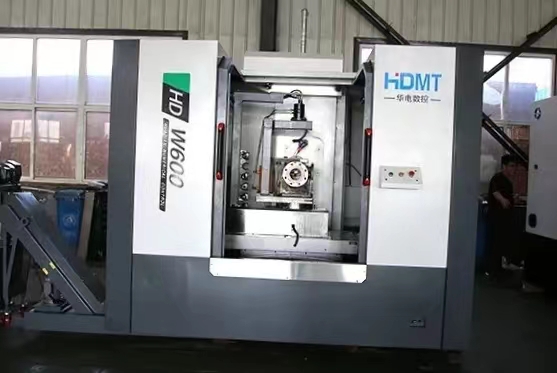
The working principle of horizontal machining center
The spindle of a horizontal machining center is horizontal, usually with a square table for indexing rotary motion. Generally, there are 3 to 5 motion coordinates. The common one is three linear motion coordinates plus one rotary motion coordinate. It can make the workpiece complete the processin...Read more -
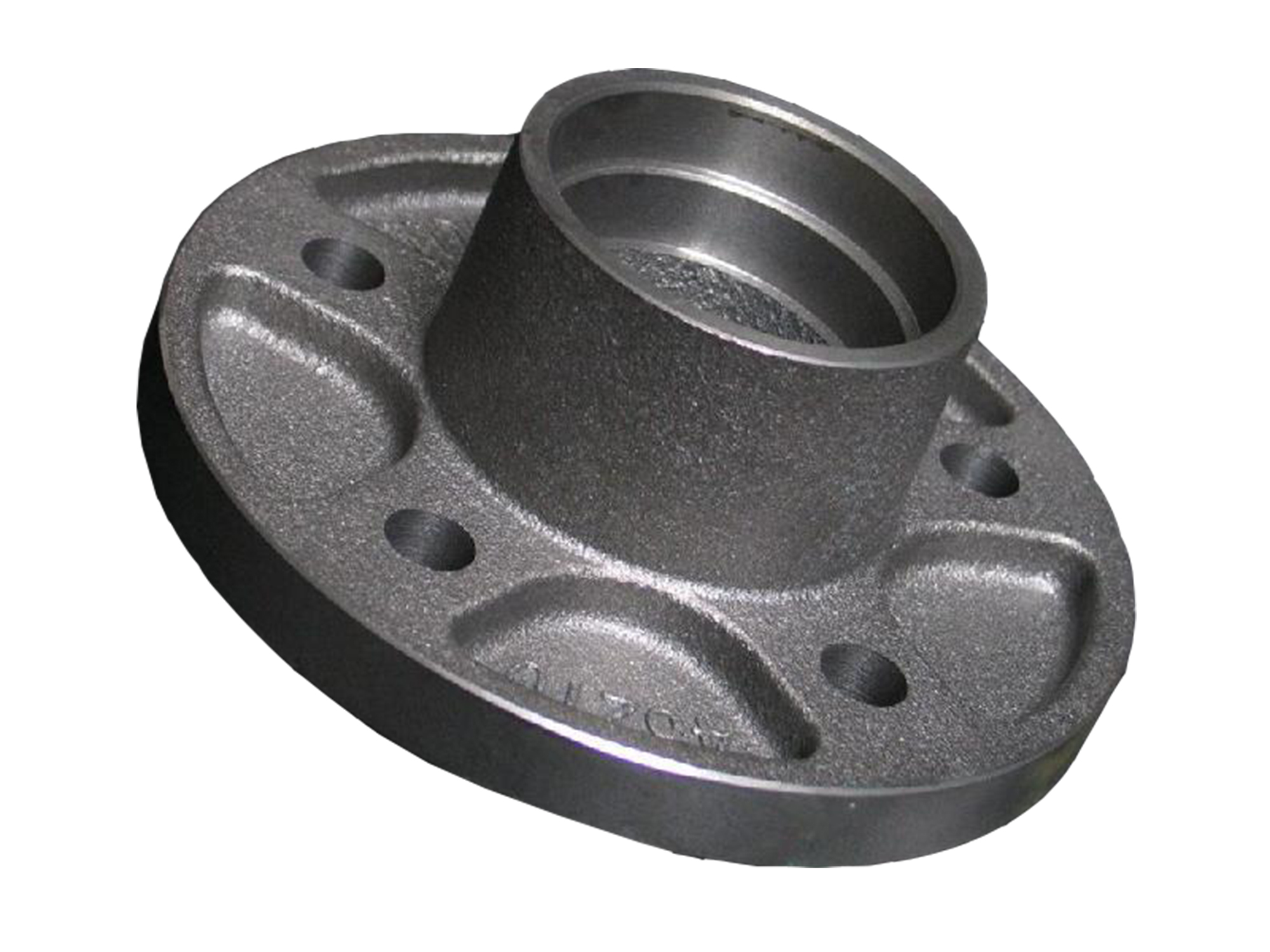
Salient Features of Horizontal Machining Centers
The horizontal machining center is widely used in the processing of box parts, shell parts, disc parts, and special parts in the automotive, mold, machinery manufacturing and other industries. The parts can automatically complete four-sided milling, boring, Drilling, expanding, reaming, tapping a...Read more -
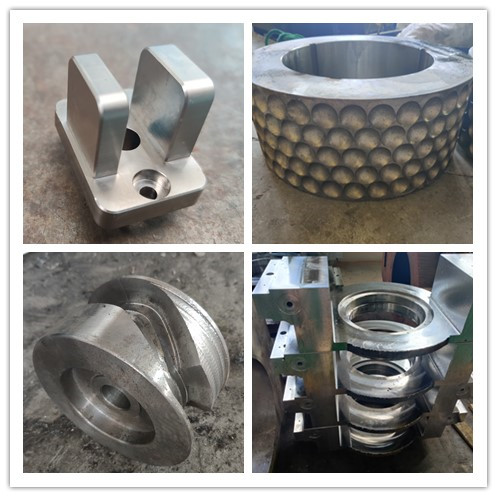
How are the parts manufactured?
Machining (machining) simply means that the material is processed by mechanical equipment, such as cutting the material by cutting, so as to process the desired workpiece shape. According to the drawings and dimensions of the drawings, the whole process of making the shape, size, relative positio...Read more -

Features of stamping process
Stamping parts are mainly formed by stamping metal or non-metal sheet materials with the help of the pressure of the press through the stamping die. It mainly has the following characteristics: ⑴ Stamping parts are made by stamping under the premise of low material consumption. The parts are ligh...Read more -
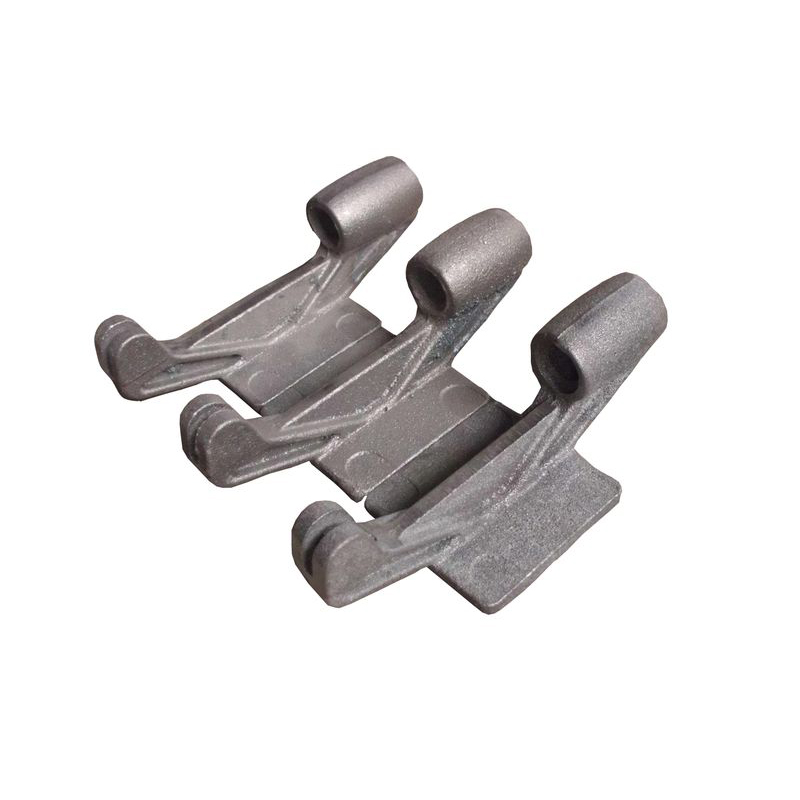
What is casting production
Casting production is a complex thermoforming process, and the production of a casting is limited in many ways. Usually, a suitable production method is determined according to the structural complexity, quantity, precision requirements, material, size, processing, surface treatment requirements,...Read more -
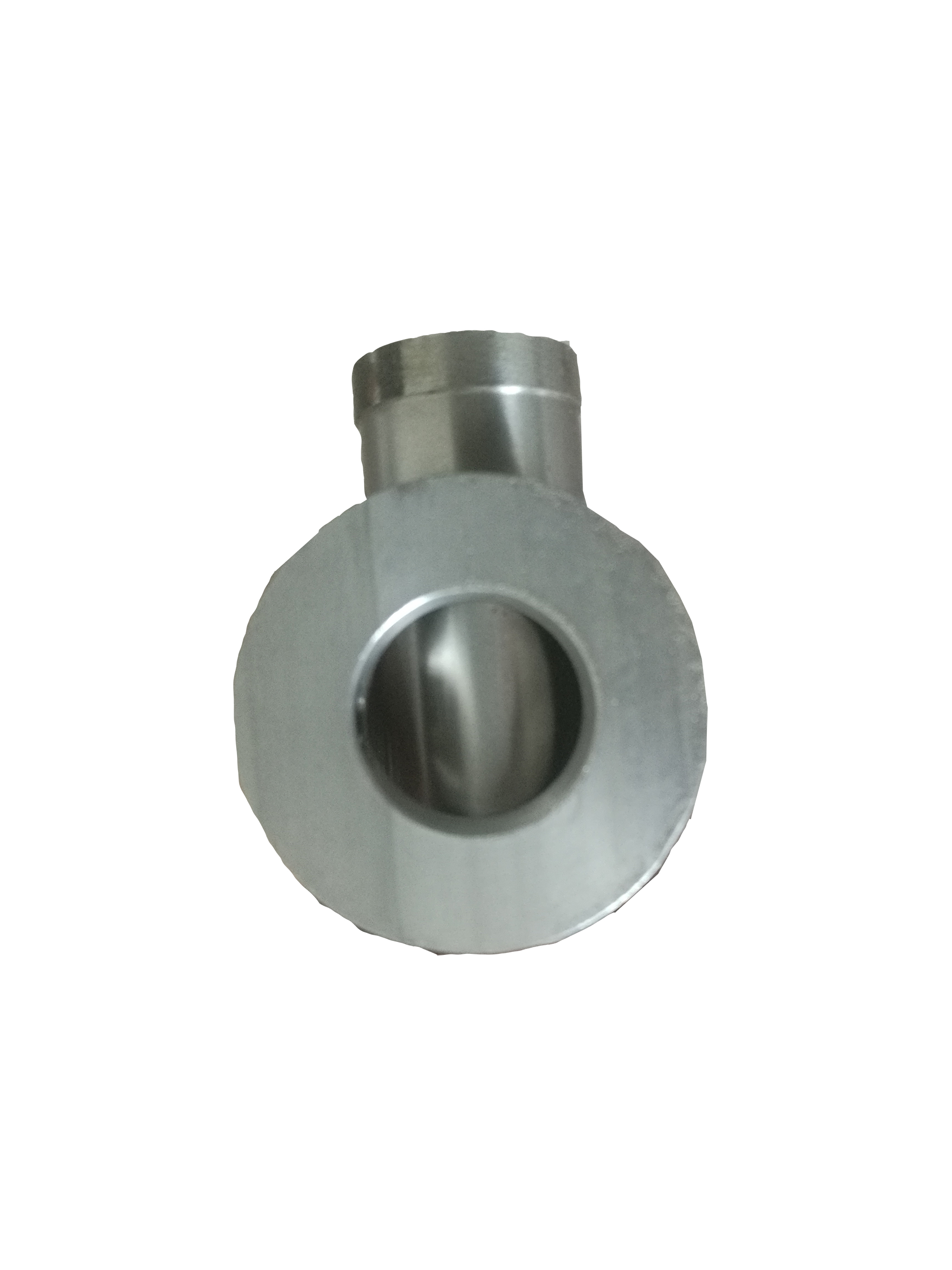
Introduction to Gravity Casting
Permanent mold #casting refers to a process in which molten metal is injected into a mold under the action of the earth’s gravity, also known as gravity casting. The generalized gravity #casting includes sand casting, metal casting, investment casting, lost foam #casting, mud casting, etc.;...Read more -
Application of shell molding and resin sand molding
Shell molding . Sand or core sand with a layer of solid resin film on the surface of the sand before molding. There are two coating processes: cold method and hot method: the cold method dissolves the resin, and urotropine is added during the sand mixing process, so that the two are coated on the...Read more -

The difference between high pressure casting and low pressure casting
The difference between high pressure casting and low pressure casting. 1. The essence of high-pressure casting (referred to as die-casting) is to make liquid or semi-liquid metal fill the cavity of the #die-casting mold (die-casting mold) at a high speed under the action of high pressure, and for...Read more -
Classification of casting
There are mainly two types of sand casting and special casting. 1 Ordinary sand casting, which uses sand as a mold material, also known as sand #casting and sand casting, includes three types of wet sand, dry sand and chemically hardened sand, but not all sands can be used for casting. The advant...Read more -

Welding process and application
Welding is a process and connection method that produces atomic bonding between two workpieces of the same sex or opposite sex by heating, pressurizing, or using both. Welding has a wide range of applications, both for metals and for non-metals. Welding technology is mainly used on metal base mat...Read more -
What is cold drawn steel?
Cold-drawn steel uses hot-rolled steel as raw material, and the product quality is better than that of hot-rolled steel. For example, the cold-drawn profile causes metal work hardening due to cold deformation, which increases the tensile strength and yield strength of the cold-drawn material, and...Read more -

Gray iron properties and applications
(1) Mechanical properties The structure of gray cast iron is equivalent to taking steel as the matrix and adding flake graphite. The matrix contains more elements such as silicon and manganese than steel. These elements can dissolve into ferrite to strengthen the matrix, so the strength and hardn...Read more



















